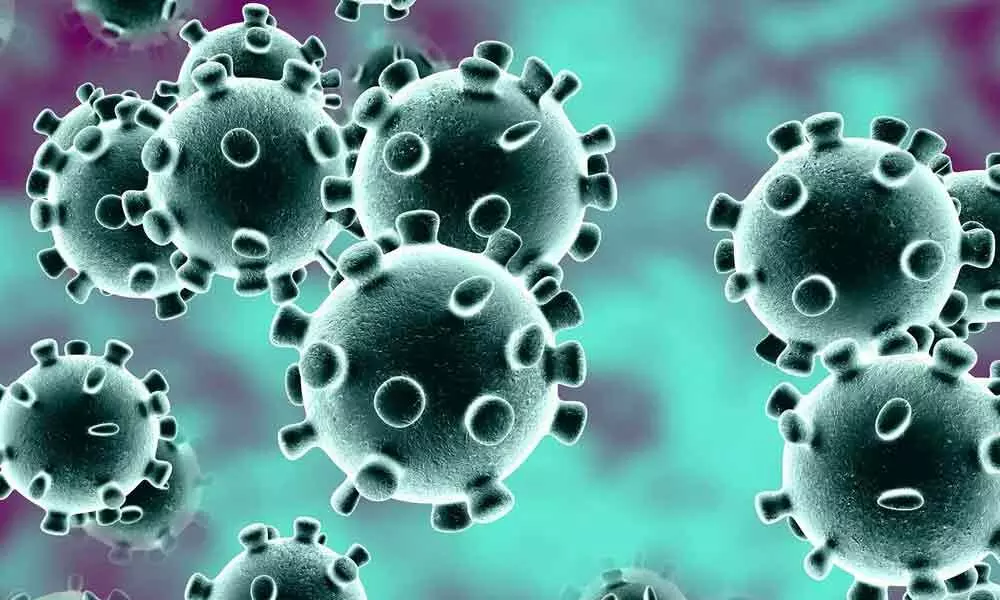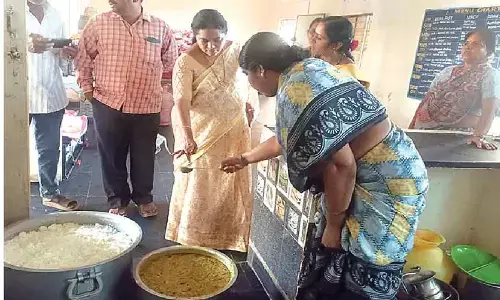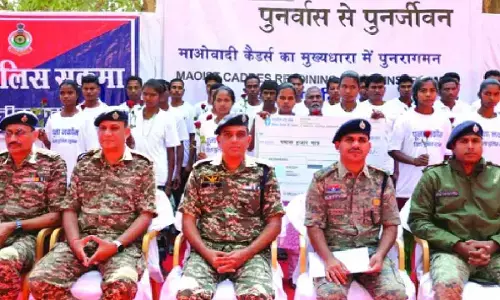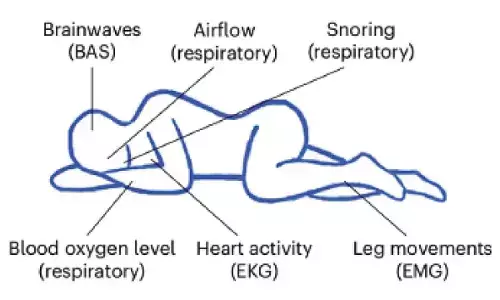Rural Telangana at high risk due to Coronavirus

Representational Pic
Population Council study alerts govt that Warangal, Adilabad, Karimnagar are more vulnerable to virus
Hyderabad: All the while containing coronavirus spread in the state capital is a big challenge for the Health department, the officials are now posed with another challenge. There is a big surge in new cases in districts, most of which have been under Green Zone for the past several weeks.
A month ago, cases in the districts used to comprise nearly 20 percent of the total cases, while the GHMC reported 80 percent. But from the last few days, the share of fresh cases every day is almost 50:50 between the districts and the GHMC. Also, fresh cases were limited to less than 15 districts outside of GHMC earlier, but their number almost doubled to 30 districts from the last few days. The Population Council, which is engrossed in Covid-related research and studies across the world, did a similar exercise in India.
It prepared a vulnerability index for identification of vulnerable regions in India on the basis of population and infrastructural characteristics. The research teams assessed vulnerabilities relating to five domains including socio-economic conditions, demographic, housing and hygiene conditions, non-availability of healthcare and epidemiological factors of various districts in the country and gave their recommendations.
Coming to Telangana, the Population Council study pointed out that three erstwhile districts-Warangal (0.895 total vulnerability), Adilabad (0.876) and Karimnagar (0.867) have the highest vulnerabilities for virus spread. If one looks at individual factors and assess the vulnerability, people from erstwhile Adilabad (0.933) and Mahbubnagar (0.815) have the high vulnerability index in socio-economic domain.
A high ST/SC population, less literacy among females, not owning assets etc. means they don't have resources and are not aware of government's instructions, advisories and actions pertaining to containment of covid.
Mahbubnagar (0.789) and Adilabad (0.725) also have high vulnerability index in Housing and Hygiene domain. More people per house, less number of toilets, less facilities for water and soap means that physical distancing and hand hygiene is next to impossible and thus they are at more risk of getting infected.
Karimnagar (0.854) has a high vulnerability index in the demographic domain. The district has more people above 60 years of age and a more urban population and high population density makes them vulnerable to high case fatality rate compared to other districts.
Meanwhile, people from Ranga Reddy (0.746) and Khammam (0.596) districts have high vulnerability in non-availability of health care domain. Lack of enough government hospitals and beds, no proper coverage under health insurance policies make them vulnerable to reach hospitals in time and seek medical help.
The Population Council study objective is to help governments with information of vulnerable regions so that remedial actions can be taken.
It stressed on the need to devise a tool for district-level planning and prioritisation and effective allocation of resources.
Dr Kiran Madala, Anesthesia Head from GMC, Nizamabad stated that all regions are not equal in terms of medical infrastructure and manpower. "So we should consider those issues before finalising containment strategies. The present trend is a shift of focus from cities to district headquarters and towns," he felt.
Dr Raja Reddy, former Director of NIMS, Panjagutta said that villages across the state are proactively involved in containing virus spread and hence authorities should focus on urban and semi-urban areas more. "Villagers are alerting govt officials if any newcomer is coming into the village and they are ensuring that such people stay in quarantine and do not venture out freely."















